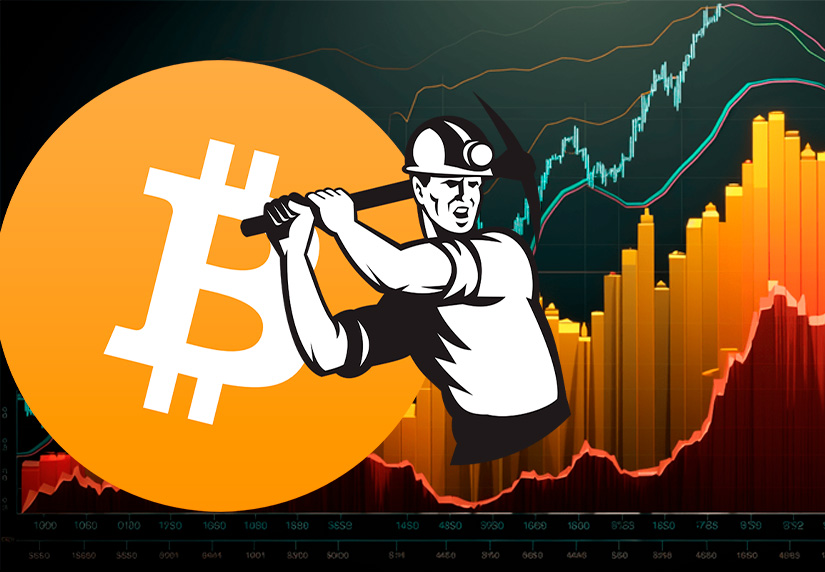TL;DR
- Halving Impact: The recent Bitcoin halving event in April reduced mining rewards from 6.25 BTC to 3.125 BTC, creating operational challenges. Smaller miners, with thinner profit margins, are selling their Bitcoin to cover costs, making them vulnerable to market fluctuations.
- Larger Miners’ Strategy: Larger, publicly traded mining companies like Marathon Digital and Riot Platform are accumulating Bitcoin. They leverage their financial strength to maintain and grow reserves, benefiting from better deals on electricity and capital access.
- Market Dynamics: This trend of smaller miners selling and larger miners accumulating is reshaping the competitive landscape. The actions of major players like Marathon Digital, highlight the strategic accumulation approach for long-term gains.
Since the Bitcoin halving event in April, a significant trend has emerged within the mining community: smaller miners are selling their Bitcoin holdings, while larger, publicly traded mining companies are actively accumulating more Bitcoin. This divergence in strategy reflects the differing financial capabilities and operational pressures faced by miners in the aftermath of the halving.
Since the #Bitcoin halving smaller miners are the ones selling; Bigger miners have accumulated.
This makes sense with what large publicly-traded mining companies have reported: higher reserves and some even buying Bitcoin. pic.twitter.com/E3j7IrcaVU
— Julio Moreno (@jjcmoreno) July 30, 2024
The Halving’s Impact
The Bitcoin halving, which occurs approximately every four years, reduces the reward for mining new blocks by half. In the most recent halving on April 19, miners’ rewards dropped from 6.25 BTC to 3.125 BTC. This reduction in rewards has intensified the operational challenges for miners, particularly affecting those with less efficient operations or higher costs.
Smaller Miners Under Immediate Financial Pressure
Smaller miners, often operating with thinner profit margins and less advanced mining equipment, find themselves under immediate financial pressure post-halving.
The reduced income from mining means they must sell their Bitcoin holdings to cover operational costs and remain viable. However, this necessity to liquidate holdings makes them more vulnerable to market fluctuations and operational challenges.

Larger Mining Companies Accumulate Strategically
In contrast, larger, publicly traded mining companies have demonstrated their capacity to not only maintain but also grow their Bitcoin reserves. Reports from major industry players reveal that these companies are strategically accumulating Bitcoin.
Others have taken it a step further by buying extra Bitcoin from the market to strengthen their holdings. Being able to tap into capital, run operations more smoothly, and secure better deals on electricity thanks to bulk contracts or owning renewable energy sources gives them a competitive edge.
Marathon Digital and Riot: Leading the Way
Marathon Digital Holdings and Riot Platform, two major players in the mining industry, have recently announced increased reserves. By holding onto Bitcoin for the long haul, they are banking on future price surges. Thanks to their strong financial standing, they can navigate through lower mining rewards and set themselves up for success in the market.
Market Dynamics and Competitive Landscape
As smaller miners continue to sell and larger miners accumulate, this trend is likely to influence market supply dynamics and reshape the competitive landscape of the Bitcoin mining industry.
Earlier this month, Marathon Digital announced the purchase of $100 million worth of Bitcoin in the open market, reaffirming its commitment to the “HODL” strategy by keeping all mined Bitcoin on its balance sheet.
At the time of writing, Bitcoin (BTC) continues its downward trend, trading at around $66,100, decreasing nearly 3% in the last 24 hours according to CoinMarketCap Data.
In summary, the post-halving landscape has prompted divergent actions among miners, with smaller players facing immediate pressure to sell while larger firms strategically accumulate Bitcoin for the long term.


